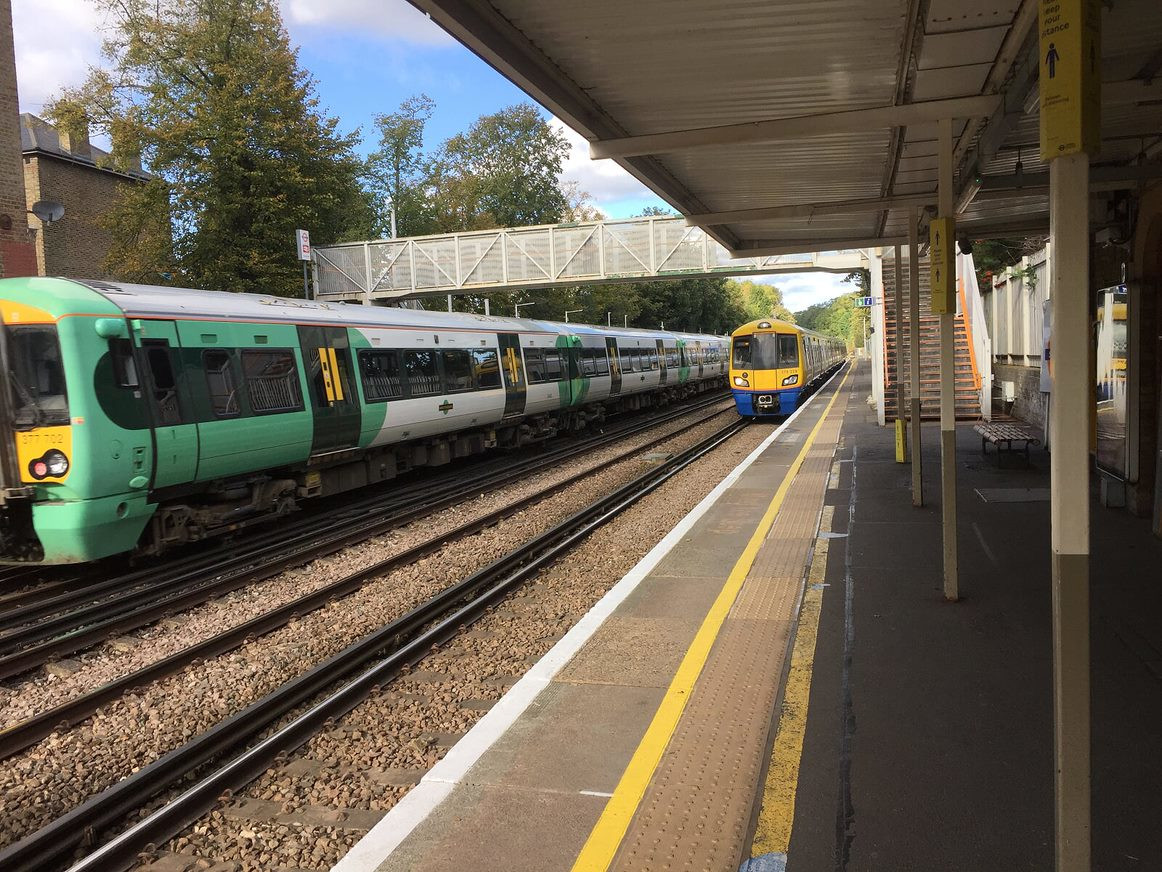Local train services – Are passengers returning to trains after Covid?

What are passenger numbers and will our trains ever get back to pre-Covid levels?
We can find the answers by looking at the latest passenger numbers updated until the end of March 2023 which have just been published by the Office of the Rail Regulator (ORR), the government body that reports on passenger numbers on every station in mainland Britain.
We have three local train services – London Overground, Southern (who run the twice-hourly “loop line” between London Bridge and Victoria) and Southeastern (who run trains via Penge East to Orpington and Victoria).
Here are their January to March 2022 passenger numbers (adjusted for strike action) compared with those from January to March 2019:
- London Overground – 88 per cent recovery
- Southern – 71 per cent recovery
- Southeastern – 62 per cent recovery
Rail passenger figures also expose the realities of the new world of “working from home”. It means that there has been a greater recovery in weekday passenger numbers the nearer you live to work. So living in Sydenham means you travel into work more often than if you live in Tunbridge Wells. This means that even as passenger numbers recover, a vast swathe of valuable income from longer-distance commuting has shrunk.
New passenger numbers also expose differences in travel according to income. Commuters living in more affluent areas travel to work less often because they are more likely to be involved with bureaucratic work that can be done more easily from home. It’s for that reason that commuting on routes such as Chiltern Railways serving Oxford, Sratford-upon-Avon and Bicester have seen some of the greatest reductions in passenger numbers.
Loss of passenger numbers is still costing central government approx £4billion pounds in lost revenue every year. In this crisis mode, distinguishing financially between state-run and those run by train operating companies is practically impossible. All of them are being bankrolled by government.
